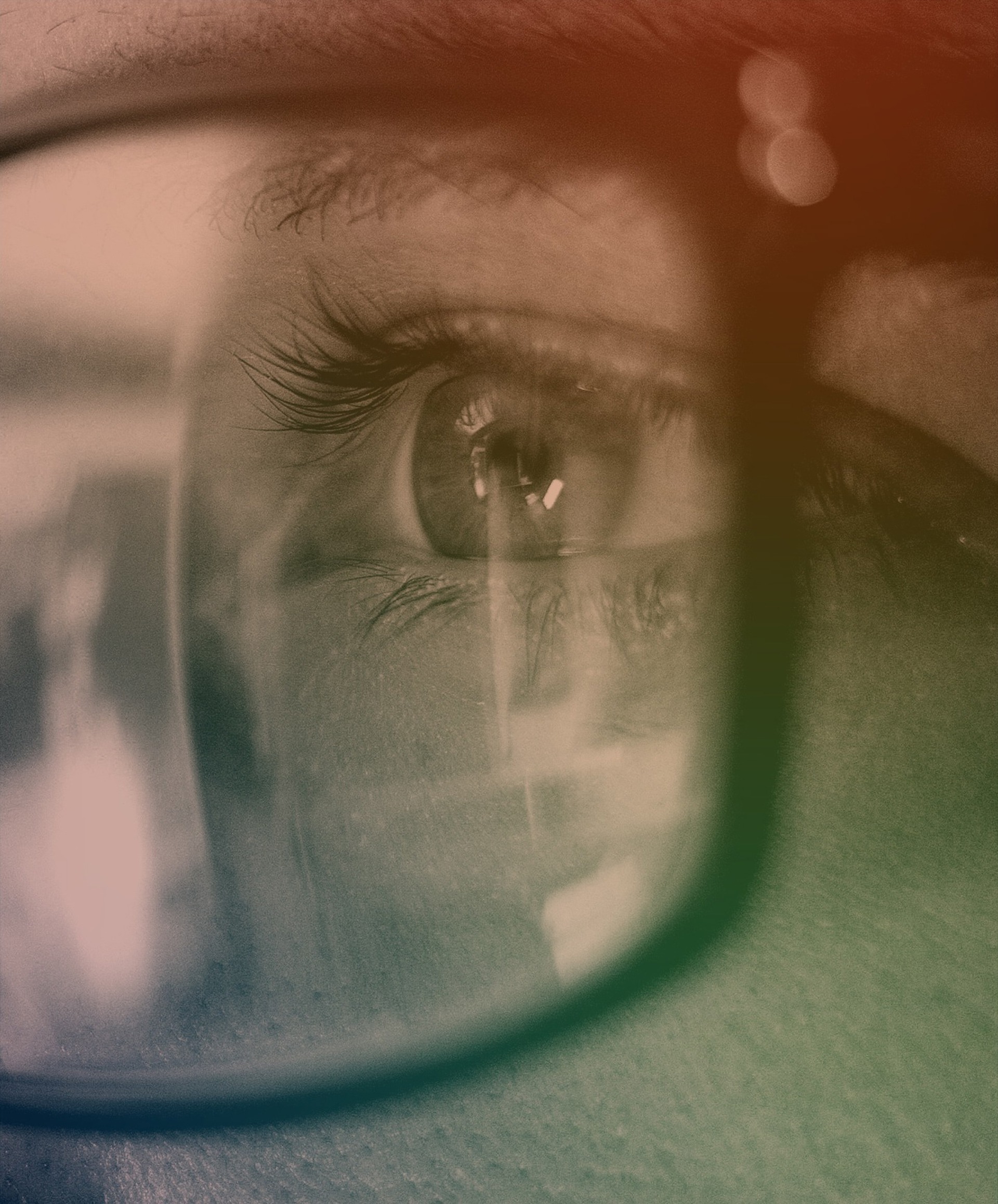Accessibility is something we are very passionate about. It is also an area of digital design and development we believe is still widely misunderstood.
Too often it is seen as a sort of digital equivalent to a wheelchair ramp: something that aids people who have an impairment; something that has probably been bolted on to an existing structure; something that we might occasionally come into contact with but that is ultimately more to do with other people than ourselves.
We think this is an incredibly narrow-minded approach to the issue.
Catering to all
Yes, the wheelchair ramp is part of accessibility, but so is the flight of steps used by other customers, so is the entrance door, the elevator or escalator, and countless other aspects of the shopping experience. It’s the same online.
Accessibility should not be viewed as catering to a minority of customers, but as catering to all customers. We believe it is the process of making sure your website can be used easily by every customer. Without even bringing equality and humanity into the equation, surely it makes economic sense to have a website that works for as many users as possible without discrimination.
Yet accessibility remains largely a box-ticking process at the end of a project. Many companies see it as a final series of hoops to jump through before a website is ready to go live. While we have to go through the same pre-launch testing as everyone else, we are also working to bring accessibility to every stage of our project lifecycle. By making customers and their ability to use the site the top priority from the outset, we are improving accessibility for everyone.
Baked in
Our process includes discussing accessibility issues with stakeholders and focus groups at the start of a project, and maintaining an index of targets to hit at each stage of our work (including UX, design and development). The result is that accessibility is baked into the project from the very start and that, by the time we have even an early stage design prototype, we put it through a full suite of accessibility tests. It is hard to overstate how big a difference this makes in comparison to retrofitting accessibility at the end of a project.
Design needs universality, otherwise it is bad design. Not thinking about every customer who wants to avail of your goods or services is myopic. Thoughtfulness towards the user and their ability to complete the tasks or transactions on which your company depends is good for the customer and good for business.

